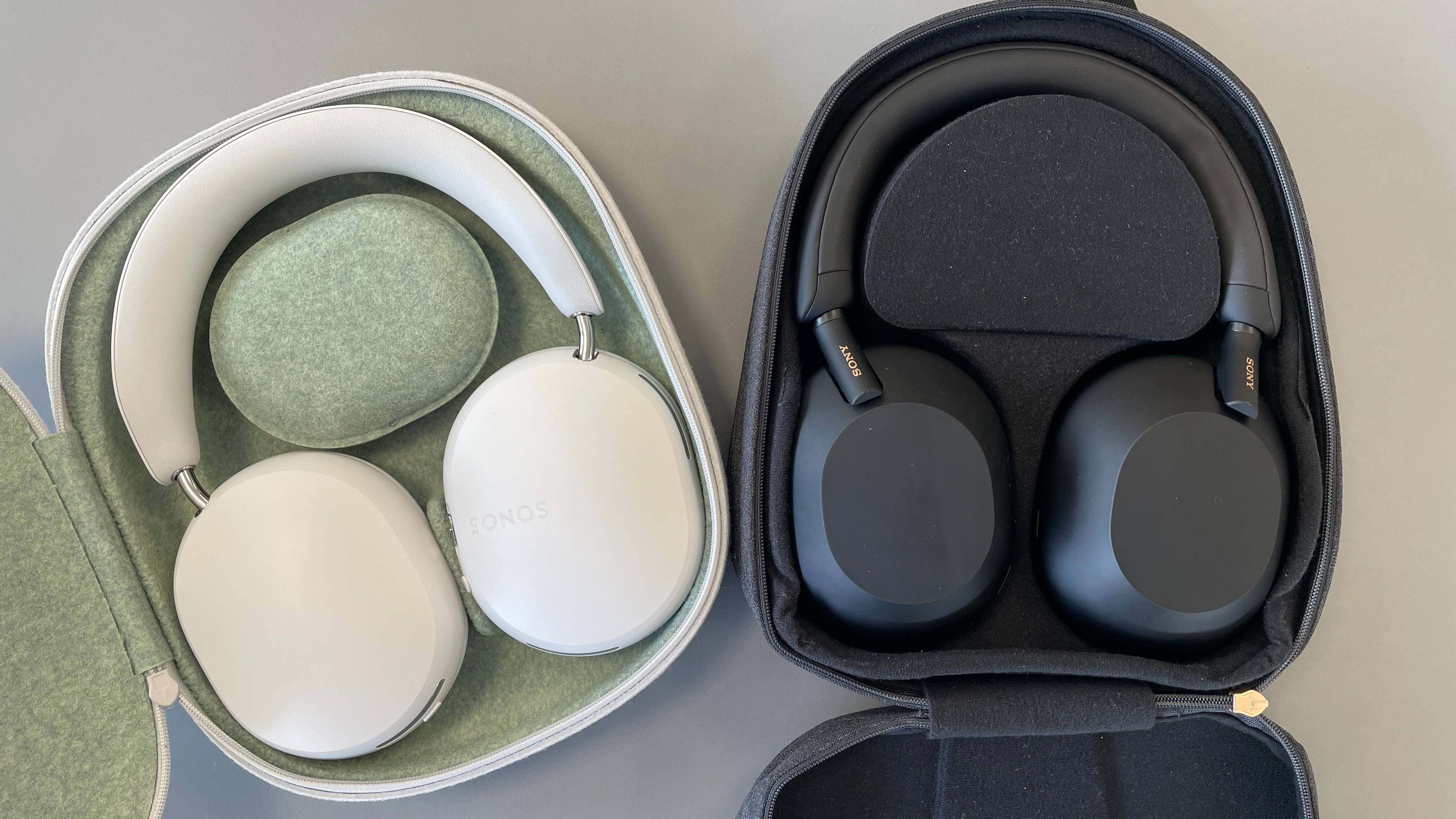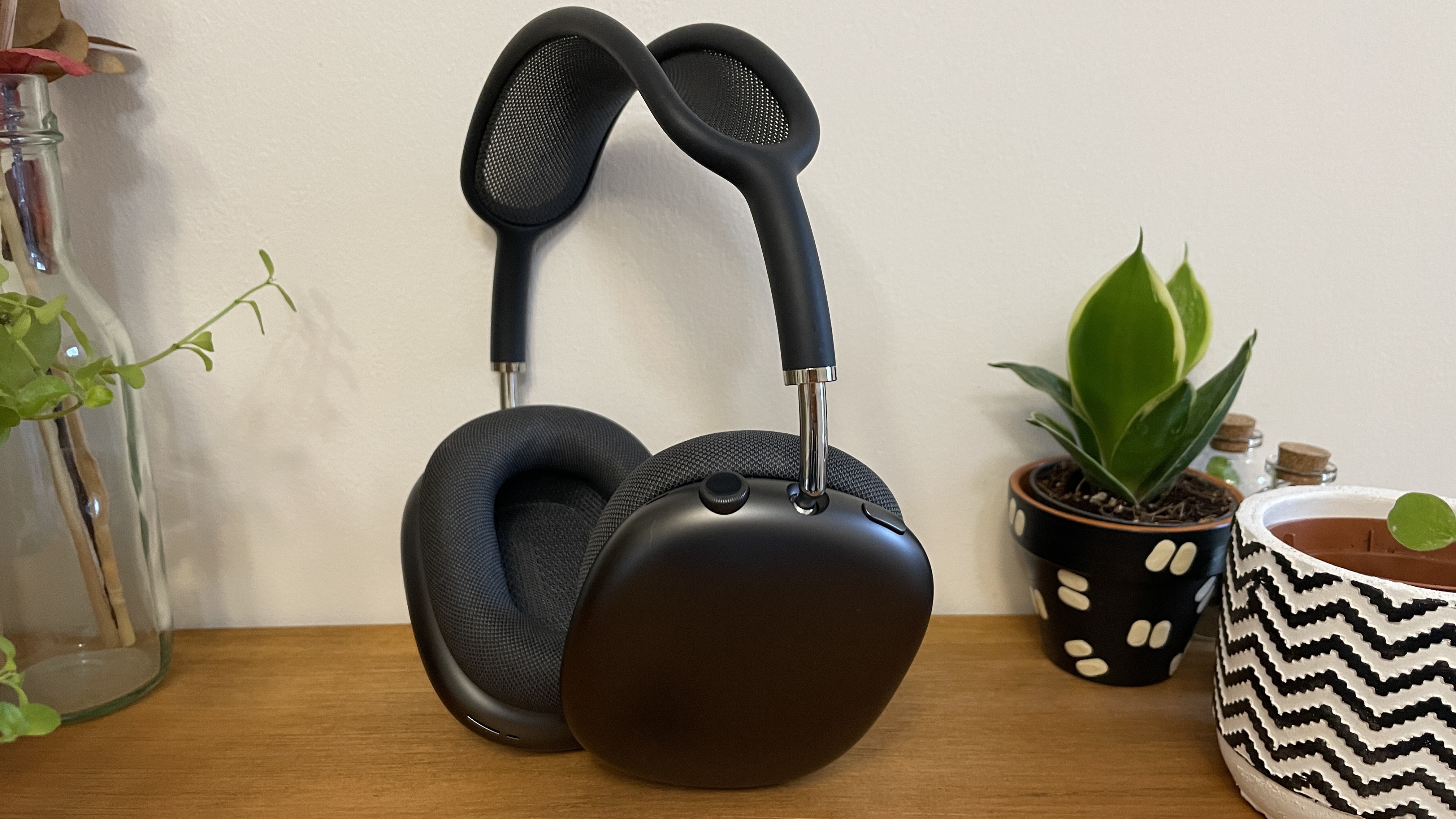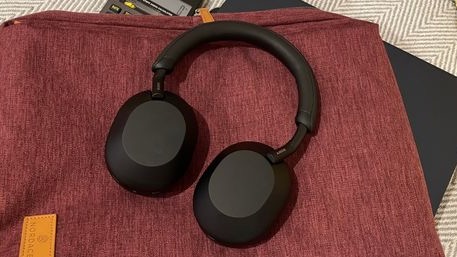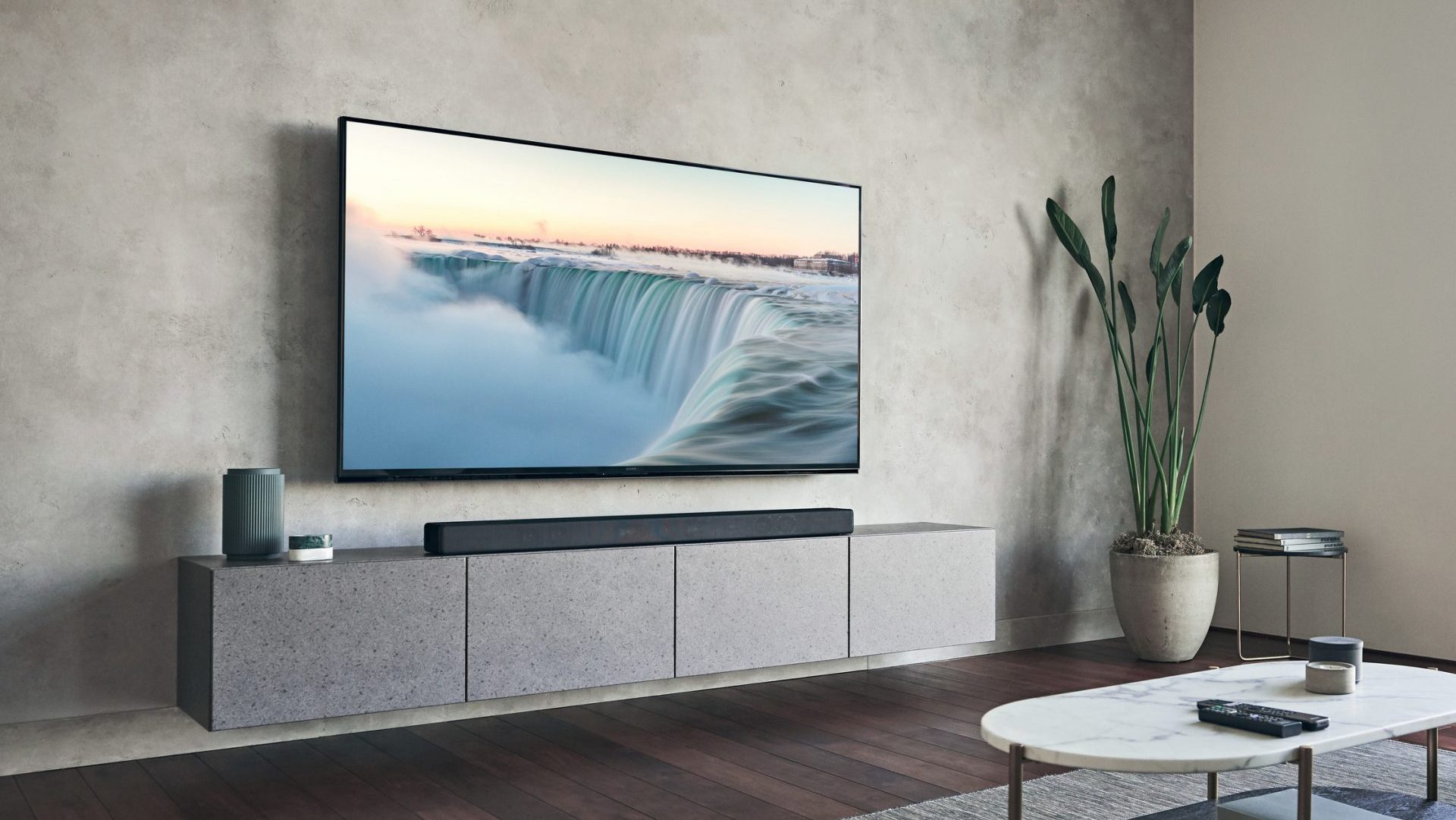
We talk a lot about what a soundbar and full surround system can do for your home cinema experience, but not so much about what headphones can contribute. That's because while it has become much easier to use wireless headphones with a TV, the experience is often a little underwhelming – bog-standard stereo over Bluetooth being a BAFTA to surround sound's Oscars. That is [puts on best movie trailer voice] ... until now.
Headphone makers are finally getting wise to home cinema use, with Apple and Sonos both creating a seamless experience through their partner devices. That got us thinking – if Sony can do the same, given its prestige and existing ecosystem of products, it could really dominate the space.
The state of play

So what's the best way to currently get home cinema audio through headphones? If you want to keep the sound to yourself, either because the other people in the room aren't interested in what you're watching, you need the volume louder than them, the content is unsuitable for them or you don't want to wake them or disturb your neighbours without compromising the audio volume, you currently have a few options.
You can pair most wireless headphones to a Bluetooth-enabled TV, but it's far from ideal. For starters, some Bluetooth headphones are designed solely for use with mobile devices, and so won't work with a TV. Those that will work won't let you use all the audio features, limiting you to stereo sound (Samsung's TVs won't let you use Bluetooth devices with the Surround or TV SoundConnect modes). Latency can also be a problem, resulting in lip sync issues.
Buying a dedicated pair of TV headphones such as the Avantree HT5009 will negate these issues. But you'll need to watch a lot of TV through headphones to warrant a dedicated pair just for the task.
Apple and Sonos have two of the best solutions, though both require you to buy into the respective brands' ecosystems.
In the case of Apple, that means buying not only the AirPods Max, but the Apple TV 4K, both of which are some of the more expensive of their product types. But you will get a great experience, with personalised Spatial Audio through Dolby Atmos, seamless pairing, a robust connection, fantastic sound quality and noise cancellation to boot. The downside is you can only use them for what's fed through the Apple TV streamer, which limits your options (especially in terms of gaming and broadcast TV).
Sonos takes a different approach. It doesn't make streaming boxes – not yet, anyway – so its Ace headphones take the audio from the Sonos Arc soundbar. This plays whatever audio is coming from the TV, and so lets you enjoy gaming, movies, broadcast TV, streaming apps... whatever you want.
Sonos calls this feature TV Audio Swap. In our Sonos Ace review, we found it a little hit-and-miss, with some distortion, a dodgy Bluetooth connection and some lip sync issues. Hopefully, these will be fixed with a firmware update.
The feature will come to other current Sonos soundbars at some point. Another feature called TrueCinema will also arrive at some point in the future, and will adjust the headphone audio to your room, so it sounds as if you're not wearing them. It's basically Sonos' take on the Apple TV + AirPods Spatial Audio solution, but perhaps in some ways even more advanced – though we of course haven't tested it yet.
An easy win

Enter Sony. While the brand hasn't confirmed the WH-1000XM6 are in the works, it would be a fool not to make them. The previous three models in the range are all Award-winners – the XM5 won plaudits, particularly for their comfort, noise cancelling and effortlessly musical, entertaining sound. We're hoping the XM6 will manage a more premium design, longer battery life and next-gen noise cancellation. As well as a nifty home cinema listening feature.
It would make perfect sense. Sony already makes fantastic TVs such as the Award-winning A80L (soon to be succeeded by the 2024 Bravia 8), not to mention the Award-winning HT-A7000 soundbar. So it has the TV and audio chops to begin with. Then there's its range of wireless headphones, which carried out a clean sweep of the most recent Awards.
Which makes the feature something of a no-brainer. If Sony could implement a feature similar to the Sonos Ace/Arc's, whereby you transfer the audio to the headphones with one button press, it could comfortably trounce the rest of the home cinema headphone field. (Obviously it would need to deliver class-leading audio at the same time, but given Sony's track record, we don't doubt that's well within its reach.)
This would allow the flexibility of Sonos' system – anything the TV can play will be piped through the headphones – but eliminate the soundbar element, which in this scenario is basically just a middleman. The downside? It's likely you would have to own a Sony TV to get the best home cinema performance out of the XM6, as Sony would likely limit what features are available through non-Sony TVs (its 360 Reality Audio format seems like an obvious choice).
But that's just the world we live in. Just as using AirPods with Android devices only gives you a fraction of the features, Sony will want to sell you more of its own products. Every brand wants us in their ecosystem, the theory being that once we're in, we'll stay, either because the experience is so seamless or because it's too expensive to start another from scratch. The trick is making class-leading products in each field so that customers don't have to compromise in any area. And Sony is one of the closest to doing so.
Aural hygiene

But what about LG? Or Samsung? Surely they make some of the best TVs going that are not only better than Sony's in some respects, but cheaper too. That's true, but it's only half of the equation. Look at the situation with their audio products.
LG's USC9S (designed to work with its C-series of OLED TVs) only earned three stars, and while the Samsung HW-Q990D was awarded the full five stars, it's still not as good as Sony's A7000, while also being more expensive. Sony's upcoming replacement for the A7000, the Bravia Theatre Bar 9, should also have its competitors worried.
Their headphones aren't much better. The original Samsungs Galaxy Buds only scored two stars in our review – and every pair since has scored a three (Buds+, Buds Live, Buds Pro, Buds 2 and Buds 2 Pro). We haven't reviewed any of LG's earbuds for a long time, though it did recently unveil a pair featuring Dolby Atmos for spatial audio with dynamic head tracking. Neither Samsung nor LG makes over-ear headphones.
Which leaves Sony. It has the know-how and the quality products. If it can make them work together seamlessly, we could be in for a Hollywood ending.
MORE:
Sony WH-1000XM6: 6 things we want to see
The Sony XM6 are this year’s most anticipated headphones – but I'm waiting for something else
I switched from the Sony WH-1000XM5 to the Sonos Ace and was surprised







